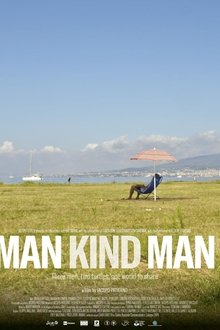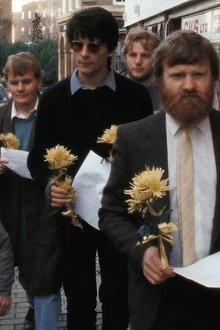Members of the American Federation of Labor, the Atlantic & Gulf Coast District of the Seafarers International Union commissioned budding filmmaker and magazine photographer Stanley Kubrick to direct this half-hour documentary. The director's first film in color, it is more of an industrial film than a documentary, it served as a promotional tool to recruit sailors to the union.
Related Movies
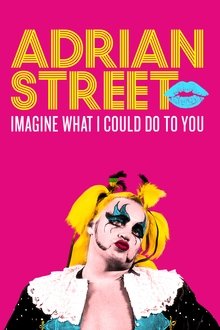
Adrian Street: Imagine What I Could Do to You (2019)
British legend Adrian Street reflects on his life and career in and out of the ring.
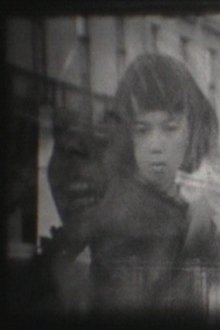
Untitled #1 (2005)
A young girl’s fiery dance, accidentally caught on 16 mm film in the street. The viewer is confronted by the sacrificial and the passionate, the strong and the fragile, the fleeting and the eternal. These are the faces of femininity.
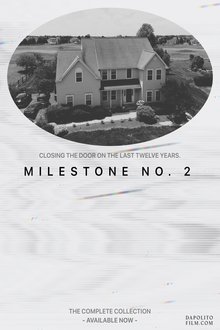
Milestone No. 2 (2020)
A documentary showcasing a family as they pack up their home of twelve years and begin looking towards the future.

Strine Life (2016)
A short film / documentary that depicts the daily grind of first-generation immigrants in Australia.
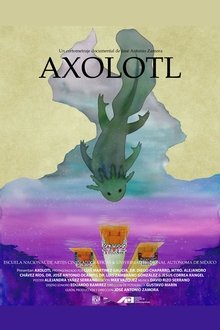
Axolotl (2024)
Through a choral diversity of testimonies, the documentary explores the myth of the axolotl, transporting us from the story of a chinampero whose lifestyle reflects the environmental decay of Mexico City, to the efforts of a group of scientists racing against the consequences of the extinction of our symbols and ecological heritage.
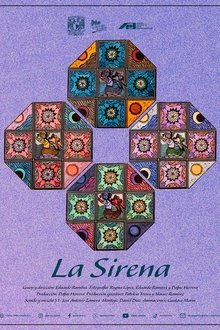
The Mermaid (2024)
A trip that the author makes to a distant beach trying to find the place where his grandfather made a painting years ago.
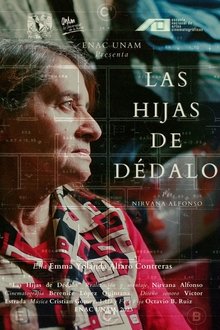
The Daughters of Daedalus (2024)
Yolanda has a special relationship with objects, she obtains them, knows them and accumulates them. The protagonist bears witness to the bond she has with the objects she treasures and gives a glimpse of its origin: the loss and love; as we enter her living space, her home.

Lethe (2023)
A journey through the streets of Mexico City in search of capturing images of violent events that may be of public interest. Jaime Verde, a photojournalist specializing in crime news, drives through the labyrinthine metropolis, enveloped in its lights and sounds. His work consists of navigating daily life, waiting for the right moment; it is during this wait that the city reveals itself.

The First Emperor of China (1989)
This historical drama tells the story of Qin Shihuang, who unified China’s vast territory and declared himself emperor in 221 B.C. During his reign, he introduced sweeping reforms, built a vast network of roads and connected the Great Wall of China. From the grandiose inner sanctum of Emperor Qin's royal palace, to fierce battles with feudal kings, this film re-creates the glory and the terror of the Qin Dynasty, including footage of Qin's life-sized terra cotta army, constructed 2,200 years ago for his tomb.
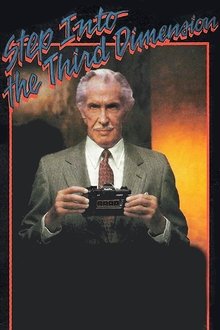
Step Into the Third Dimension (1989)
Nishika 3D cameras were the inexpensive cousins to the Nimslo 3D cameras made in the mid to late 1980's (the Nimslo cameras used glass lenses, while the Nishika ones used plastic lenses). The cameras used regular 35mm film that captured 4 simultaneous images onto 2 frames of film. These images were printed onto photo stock with a lenticular surface bonded to it which allowed 3D to be seen without glasses, like the old kids story books with the 3D covers. The basic 3D camera kit came with this VHS instructional video that was hosted by Vincent Price. It was one of the last things he did.
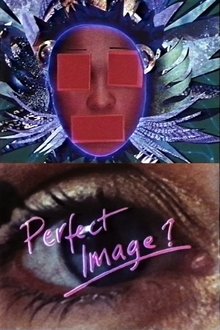
Perfect Image? (1989)
Two actresses take us through a series of 'raps' and sketches about what it means to be beautiful and black.
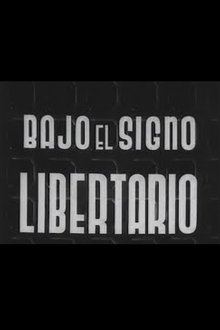
Under the Libertarian Sign (1936)
Bajo el signo libertario is a propaganda documentary, with the script and direction of Les (known for his articles in Solidaridad Obrera and the magazine Espectáculo) whose central theme is the reconstruction of the development of life in a libertarian community in the Aragonese town of Pina de Ebro.

Close-Up on Planets (1982)
Computer animation and footage from NASA space missions explain how our solar system evolved and the place Earth has within the system.
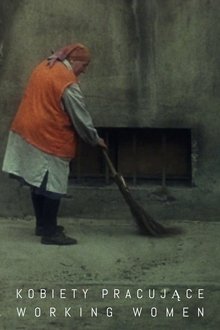
Working Women (1978)
Stylized with dramatic interiors and a distorted frame rate, this early documentary miniature from Szulkin depicts six sequences of solitary, repetitious labor.
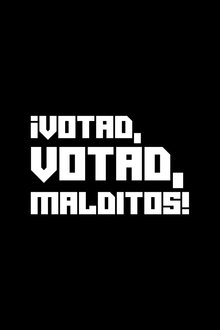
¡Votad, votad, malditos! (1977)
On June 14, 1977, the eve of the first democratic elections after Franco's regime, Llorenç Soler and his crew go out into the street and ask passers-by which party they are going to vote for.
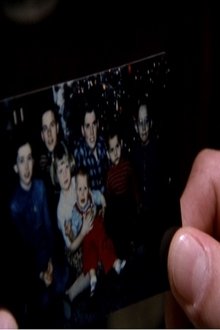
Foster Child (1987)
Gil Cardinal searches for his natural family and an understanding of the circumstances that led to his becoming a foster child. An important figure in the history of Canadian Indigenous filmmaking, Gil Cardinal was born to a Métis mother but raised by a non-Indigenous foster family, and with this auto-biographical documentary he charts his efforts to find his biological mother and to understand why he was removed from her. Considered a milestone in documentary cinema, it addressed the country’s internal colonialism in a profoundly personal manner, winning a Special Jury Prize at Banff and multiple international awards.

